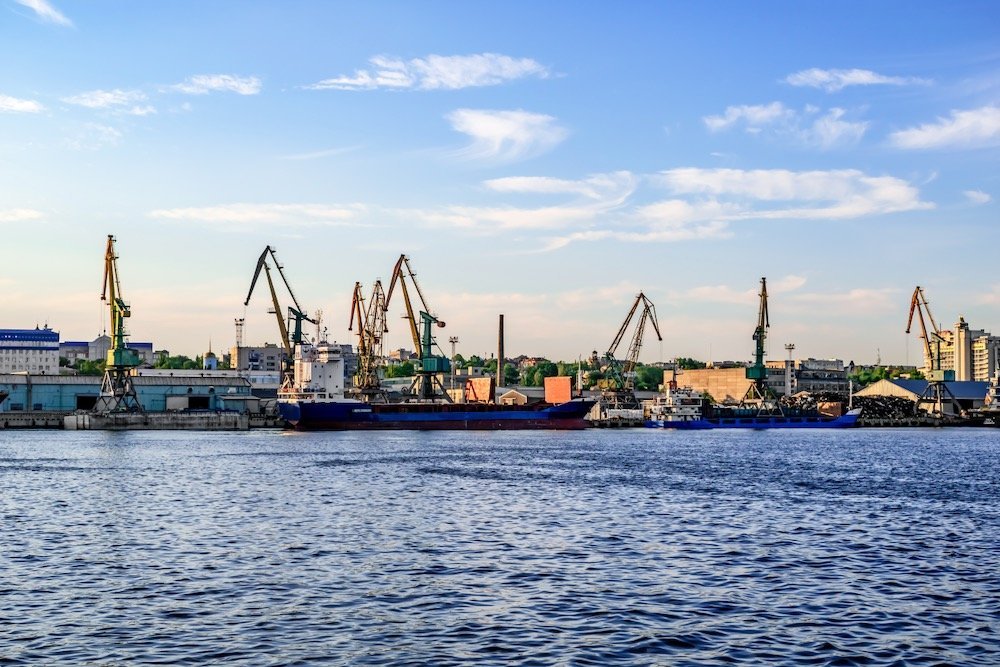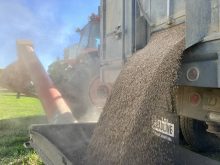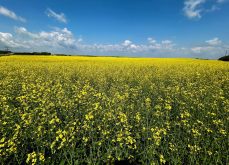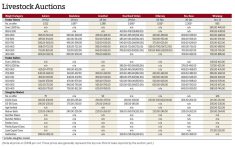”There are decades when nothing happens; and there are weeks when decades happen.” – V.I. Lenin
Ever since Russia invaded Ukraine, news stories, analysis and opinions have been flying around the clock non-stop.
I believe there are three sides to every story: what one side says, what the other side says and then reality somewhere in the middle. And since no one knows how the Russia/Ukraine situation will all play out, if we look at some of the dominant numbers surrounding the situation, we can think about the impact on countries, societies, economies, industries and markets.
Read Also
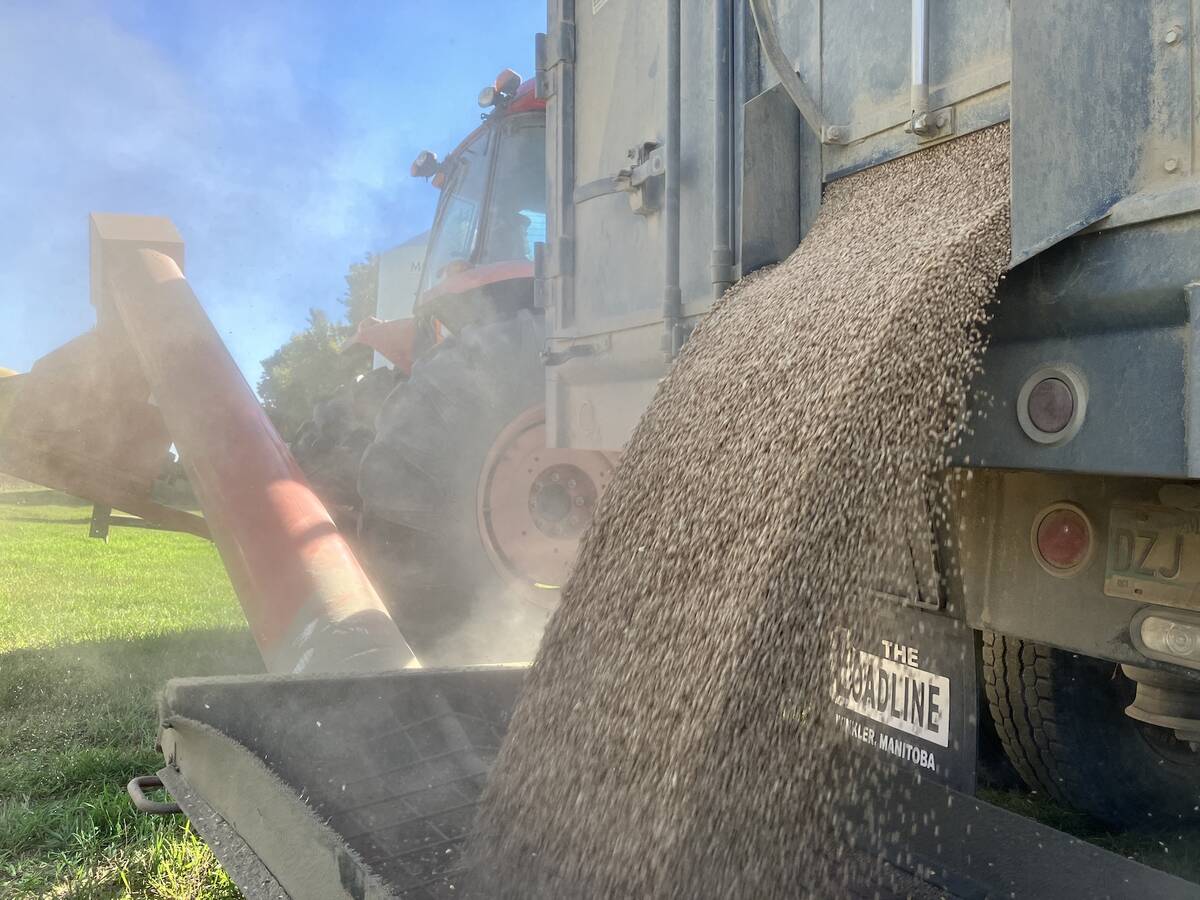
Riding market swings can add farm profit
Regular price trends in the grain market can help farmers pinpoint how and when to sell their grain with more confidence, analyst says
So, here’s a tour of Russia by the numbers, showing some big, and sometimes surprising, figures that come up over and over again illustrating the outsized influence globally in the areas of energy, food production, as well as metals and mining.
By now we all know that Russia and Ukraine combined account for 30 per cent of all world wheat exports, 20 per cent of global corn and 80 per cent of world sunflower oil exports. Ukraine and Russia also make up 30 per cent of total barley exports. Ukraine itself represents about 13 per cent of the world’s commerce in feed grain, is the No. 1 exporter of sunflower oil, No. 3 for canola and ranked No. 4 in barley. At the same time, Russia is ranked No. 1 for wheat exports, No. 2 for sunflower oil and No. 3 in barley.
And who are the main buyers of these grains? The Middle East and Africa accounted for nearly 40 per cent of Ukraine’s exports of corn and wheat last year. Likewise, Ukraine also provided for 44 per cent of the EU’s canola imports so far this year. Egypt, Turkey, Bangladesh, Nigeria and Yemen are the largest buyers of Russian wheat. The economic and social impact could be most dramatic on developing nations in the Middle East, Africa and Asia countries that are often very food-price sensitive.
When it comes to fertilizer, Russia is a major producer of potash, phosphate and nitrogen fertilizers, producing 13 per cent of the global total. In particular, the country accounts for 23 per cent of the global ammonia export market, 14 per cent of urea, 21 per cent for potash and 10 per cent of processed phosphates. North America imports approximately 20 per cent of its urea from Russia, but Brazil gets about 47 per cent of its potash, 20 per cent of urea and 30 per cent of monoammonium phosphate fertilizer from Russia. I’ve read some estimates that say 90 per cent of the potash used by Ukrainian farmers comes from Russia and Belarus.
In the world of energy, Russia is a huge player being the third-largest crude oil producer, responsible for 10 per cent of global oil production, and is the second-largest oil exporter. Russia accounts for two-thirds of Germany’s natural gas imports, providing 50 per cent of the natural gas supply to Germany and 40 per cent to all of Europe. Interestingly, this natural gas is delivered by two pipelines through Belarus and Ukraine. The EU also relies on Russia for about 40 per cent of its coal imports. Russian coal accounts for roughly 30 per cent of European metallurgical coal imports and over 60 per cent of European thermal coal imports. At the end of the day, Russia is a petrol state where it is estimated that 40 per cent of its national spending is financed by oil and natural gas revenues.
When it comes to metals and mining, Russia is a dominant player again, supplying 10 per cent of the world’s aluminum and copper as well as 20 per cent of battery-grade nickel. Russia also produces 50 per cent of all palladium and is the largest exporter of the metal, of which half of all palladium is used for automotive catalytic converters, and is also key in the electronics industry.
Combined, Russia and Ukraine account for 26 per cent of the world’s titanium mining production. Titanium is extremely important not just for commercial aircraft, but it is also used in making defence equipment. As such, the U.S. is particularly vulnerable to disruptions in the global titanium supply chains, given it imports 95 per cent of the titanium it used in 2019. Next we have diamonds, where Russia is the world’s largest producer of rough diamonds, and represents about 30 per cent of the global total. Finally, did you know that Ukraine supplies more than 90 per cent of the high-grade neon gas needed for the lasers used to make semiconductor chips? Yes, those same semiconductors that are already in short supply, causing manufacturing and production issues around the world.
Those are some of the key production and export figures, so what about imports? Here are Russia’s key imports, half of which come from Europe and North America. Topping the list are a lot of high-tech items, which if restricted for a long period of time, could severely impact Russia’s future economic growth and development:
- Computers and optical components;
- Sophisticated machinery and electrical devices; and
- Vehicles and auto parts.
Bottom line, with all the economic sanctions, trade restrictions and associated market disruptions, here is some of the direct market fallout so far, as of March 21:
- Wheat up 40 per cent;
- Fertilizer up between 30 per cent and 60 per cent;
- Crude oil up 25 per cent;
- European diesel up 45 per cent;
- Nickel up 50 per cent.
The impact on Russian assets has been even more dramatic. A Russian exchange traded equity fund dropped 80 per cent before it stopped trading with most Russian shares now halted on stock exchanges around the world. The ruble has collapsed 42 per cent against the U.S. dollar and both Russian central bank short-term interest rates as well as 10-year government bond yields are at 20 per cent.
Will there be any kind of truce or will the fighting continue? We don’t know but these are some of the main areas that will continue to be most affected either up or down as the extreme uncertainty surrounding the Russia/Ukraine situation unfolds.
As always, commodity options and futures help you enhance your farm marketing strategies and trading decisions to capture market opportunities while managing both downside price and delivery risk.

